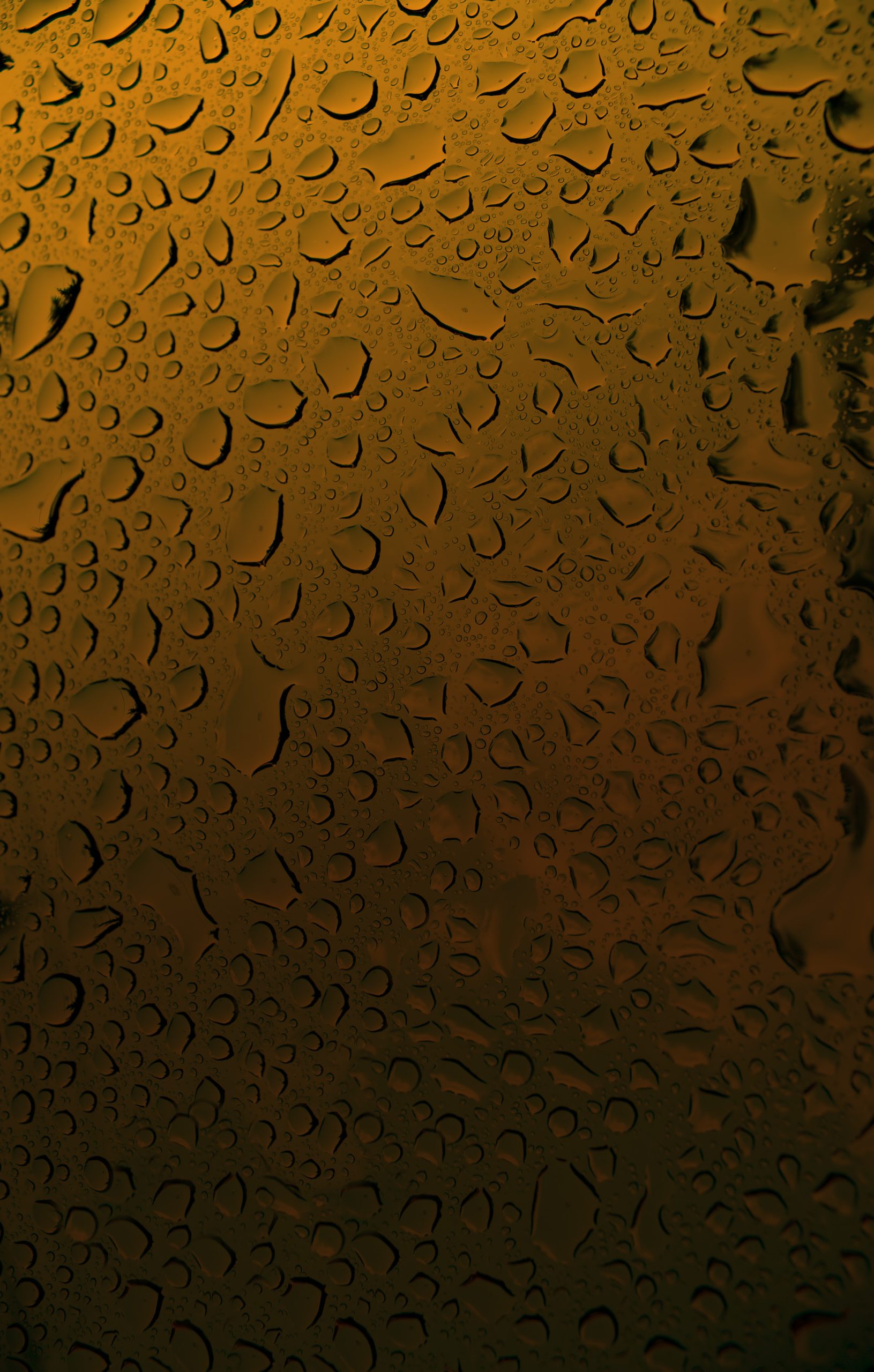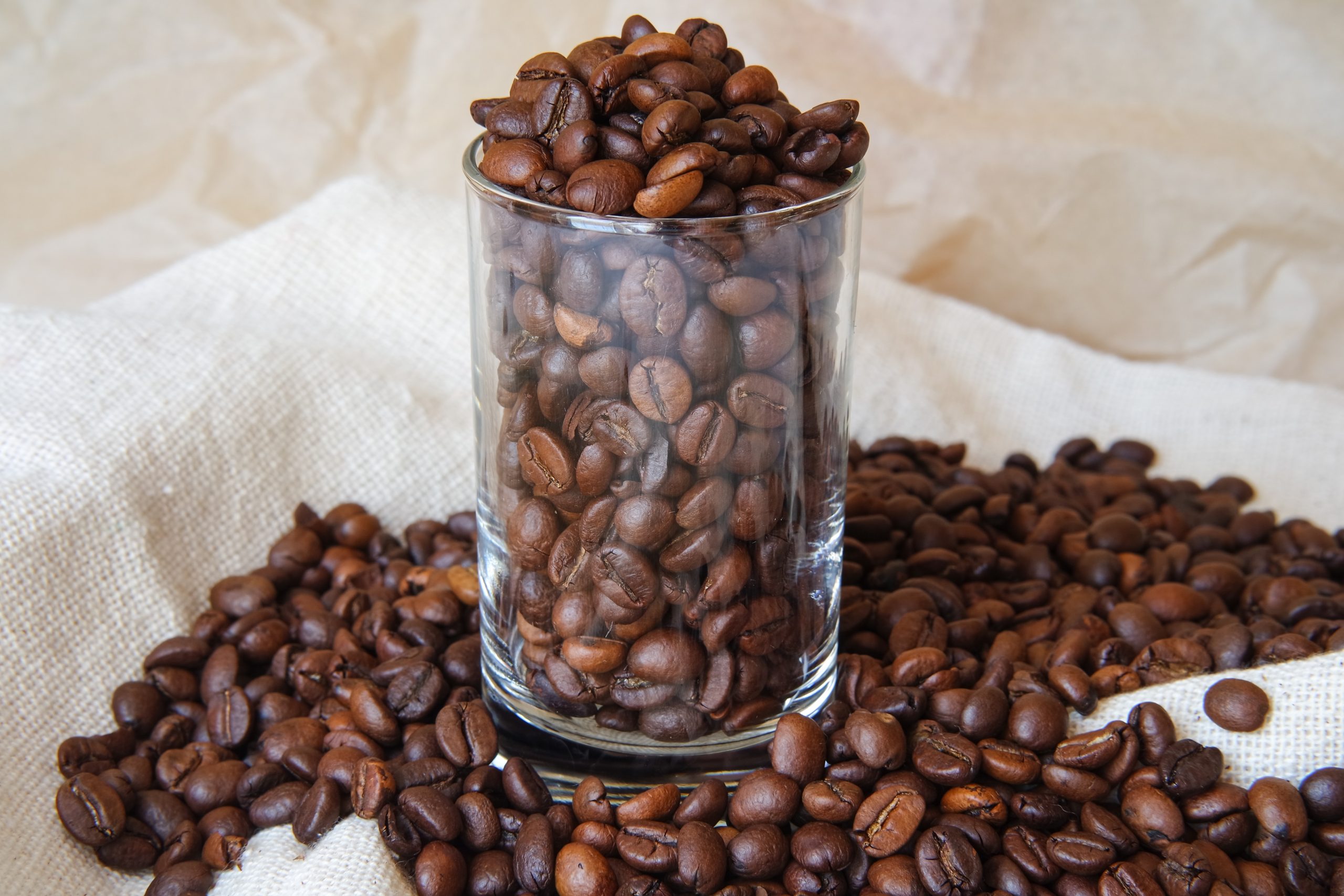Brewing the perfect cup of coffee is an art that requires attention to detail and a good understanding of the science behind it. In this blog post, we will explore the different methods of brewing coffee, including French press, espresso making, drip coffee, and cold brew techniques. We will also discuss the importance of grind size, water ratio, temperature, and time in achieving the perfect flavor profile for your morning pick-me-up.
Introduction to Coffee Brewing
Coffee brewing involves extracting the delicate flavors from ground coffee beans by steeping them in hot water. The process can vary depending on the method used, but the goal remains the same – to produce a tasty and satisfying cup of coffee. There are several factors that influence the taste of coffee, including the type of bean, roast level, grind size, water quality, extraction rate, and brewing technique. Understanding these variables is essential in creating the perfect blend.
The Science of Extraction and Flavor
Extraction is the process of drawing out the soluble compounds from coffee grounds into water. It occurs when water comes into contact with coffee particles during brewing. The two main components extracted from coffee beans are caffeine and flavonoids, which give coffee its unique taste and aroma. The ideal extraction rate varies based on the desired strength and flavor intensity. A higher extraction rate produces a stronger and more intense flavored coffee while a lower extraction rate results in a milder and less acidic drink.
French Press: A Classic Brew Method
A French press is a popular manual brewing device that uses a plunger mechanism to push down the coffee grounds as the water seeps through. This method allows for a coarse grind size, resulting in a rich and full-bodied coffee with low acidity. To achieve the best result, use freshly roasted beans, boil water to the correct temperature, and allow the coffee to steep for 4 minutes before pressing down the plunger.
Espresso Making 101
Espresso is a concentrated form of coffee made using high pressure and heat to force water through finely ground coffee beans. The result is a thick and creamy layer of foam called crema, which adds to the overall flavor experience. To make a great shot of espresso, start with freshly roasted beans, grind them to a fine consistency, and tamp the coffee firmly into the filter basket. Use water at the right temperature (around 200°F) and adjust the dose and yield to your liking.
Drip Coffee: A Popular Choice for Home Brewers
Drip coffee is one of the most common ways to brew coffee at home. It involves pouring water over ground coffee beans in a paper or metal filter to create a smooth and mellow coffee. For optimal results, choose a medium to fine grind size, use clean water, and experiment with different brewing ratios until you find the perfect balance between strength and flavor.
Cold Brew Techniques for a Refreshing Summer Drink
Cold brew is a growing trend in the world of coffee lovers. Unlike traditional brewing methods, cold brew involves steeping coffee grounds in room-temperature water for an extended period (usually around 12 hours). The result is a smoother and sweeter coffee without the bitterness associated with hot brews. To make a refreshing summer drink, try adding ice cubes, milk, or sweetener to your preferred strength.

In conclusion, brewing the perfect cup of coffee requires attention to detail and a good understanding of the science behind it. By mastering the fundamentals such as grind size, water ratio, temperature, and time, you can unlock the secrets to a delicious brew. Whether you prefer a classic French press, a strong shot of espresso, a comforting drip coffee, or a refreshing cold brew, there’s something for everyone in the fascinating world of coffee brewing.
